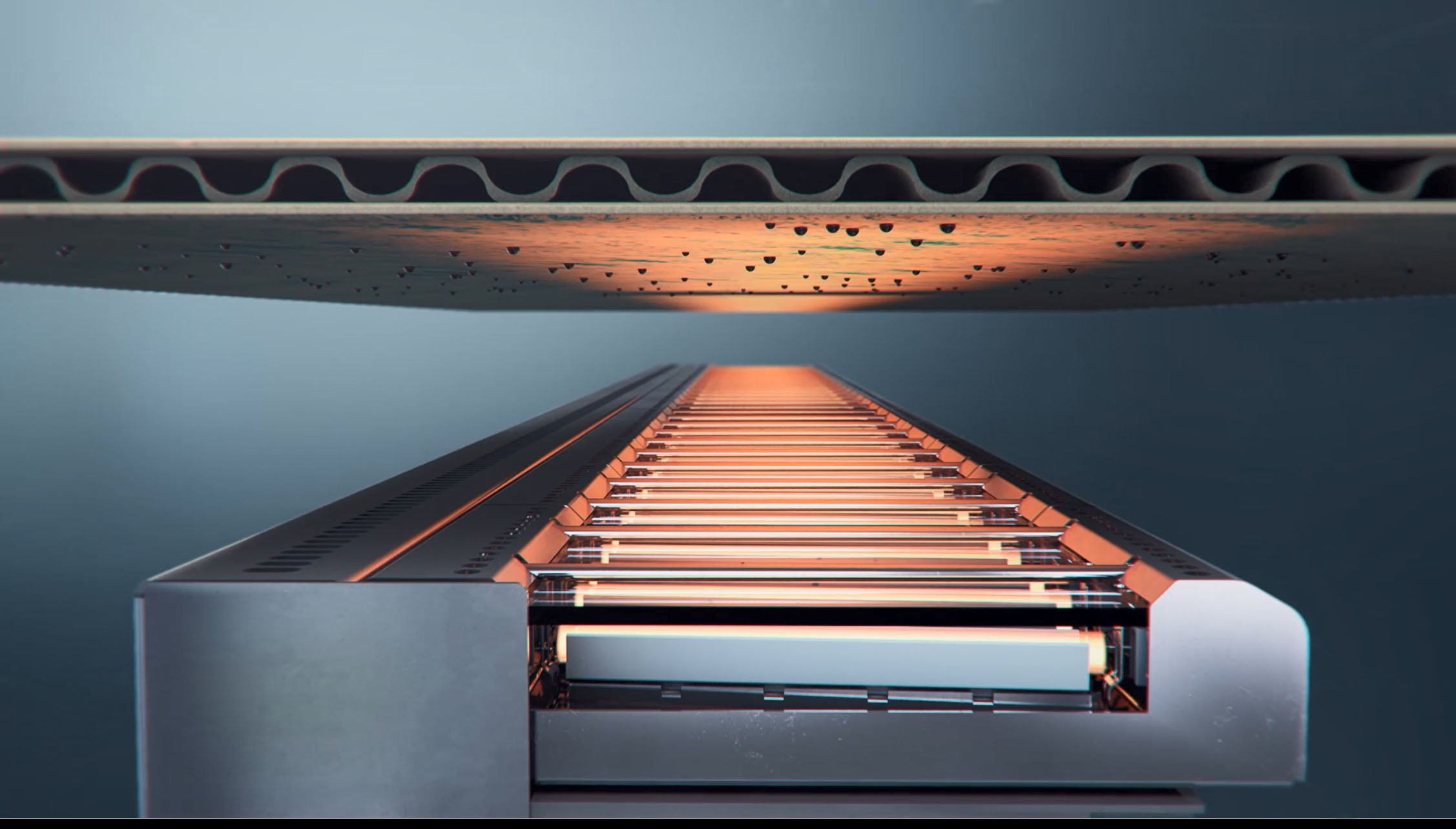Revolutionizing Corrugated Printing: The Impact of Infrared Drying Technology
/With the increasing need for high-graphics printing, the demand for corrugated production is unprecedented. Many corrugated printers face tough competition, making it increasingly important for them to employ leading-edge technology at every step of the process to achieve optimum results and increase efficiency.
For decades, printers were limited in their ability to print on coated corrugated substrates, in large part due to a lack of drying technology. Without efficient drying methods, porous corrugated substrates such as Kraft Liner absorb an excessive amount of ink, resulting in washed out, low-opacity graphics. In addition, without advanced drying technology, it is virtually impossible to print on coated packaging, forcing printers to sacrifice the stability and protectiveness that coatings provide.
Another major concern for corrugated printers is production speed. Printers are always looking to optimize efficiency and increase print quality to gain a competitive edge, reduce overall costs and ensure maximum product output. Without drying technology, corrugated printers need to run the press extremely slowly in order to print on coated stock, and in some cases, need to double pass work before die cutting to avoid smudging and marking.
With today’s technology and an increased focus on branding for shelf-ready packaging (SRP) or retail-ready packaging, corrugated printers are able to create vibrant, clear images on packaging. Companies have quickly realized the value in these improvements as a way to increase product visibility and brand awareness. In particular, the use of clay-coated papers and high-quality flexographic printing methods using up to six colors has shifted the quality aspirations that brand owners expect from SRP.
Infrared (IR) drying is a critical factor in all high-quality corrugated printing processes. Infrared is a fast and thorough drying process for water-based inks. IR penetrates the ink film layer, coating, and substrate, resulting in complete drying in just seconds. Not only does this increase production efficiency, but it also reduces ink absorption into the corrugated boards, dramatically enhancing image sharpness, color vibrancy and opacity, while avoiding any marking on the product from the anvil or transport belts.
IR dryers boast a small form factor, allowing corrugated printers to reap the benefits of rapid drying without sacrificing valuable floor space. They are also easily retrofitted onto most printing machines, from a flexo folder gluer to a rotary die cutter. The IR dryers can be installed either at the end of the press as a final end dryer or in between the printing units as inter-station dryers to help with improved ink trapping.
Automated IR drying systems strive to reduce human intervention while maximizing system performance and efficiency. For example, smart IR sensors measure the temperature differential before and after the dryer, automatically adjusting the power level to ensure the minimum amount of energy is used for any given speed, with the maximum drying effect achieved.
Prior to this type of system, operators would often have the dryer set for a given job and would not always reduce the power setting for slower run speeds or lower ink-density work. This resulted in wasted energy and, in most cases, far too much heat or energy to the substrate, which can cause print unit overheating, printing plate drying issues, or, in the worst cases, a safety risk.
IR drying is impacting corrugated printing in a significant way. IR technology and automation only continues to improve, such as the introduction of print inspection systems and fully automatic plate cleaning devices. One can only imagine the possibilities for the future of the industry.



